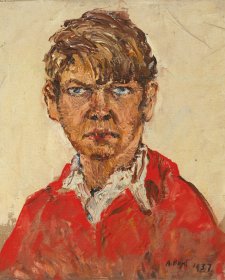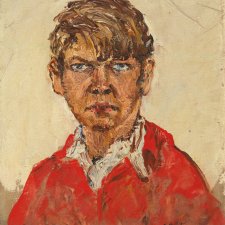The Right Honourable Malcolm Fraser, ac ch, who died in Melbourne on 20 March, was the last surviving prime minister of the Commonwealth of Australia to have been sworn of H.M. Privy Council (in 1976) – hence the ‘Right Honourable.’ Many years ago, a veteran Commonwealth public servant told me that, of all the prime ministers he had served – and he had served half a dozen – in his view Malcolm Fraser was the one most likely to say about a situation, an issue, or a problem, whatever it was: ‘This is plain wrong, we absolutely must act to set it right,’ and duly exercised his executive function with despatch.
The death of a former prime minister is always a moment for national reflection; it necessarily forms a milestone, and with the passing of Malcolm Fraser the dramatic events of 11 November 1975, now retreat farther from the realm of living memory into that of history. Malcolm Fraser was the member for Wannon from 1955 to 1983 and served as our twenty-second Prime Minister from 1975 to 1983. In Canberra, his government committed huge sums to the construction of Parliament House, the High Court of Australia and the Australian National Gallery. He granted self-government to the Northern Territory; passed Aboriginal land rights legislation; proclaimed the Kakadu National Park; stopped sand mining on Fraser Island; forged what the United Nations later described as the most comprehensive and effective bilateral trade and economic cooperation agreement in the world (between Australia and New Zealand). Malcolm Fraser created the Australian Federal Police, the Special Broadcasting Service (SBS), the Refugee Advisory Council of Australia, the Australian Human Rights Commission, the Australian Institute of Sport, and the position of Commonwealth Ombudsman.
In retirement he instituted and led CARE Australia, and spent several anxious weeks in Belgrade negotiating for the release of two Australian CARE workers while the city was bombarded by NATO forces. He passed the Racial Discrimination Act; overruled Treasury by committing large sums in support of Papua New Guinea; appointed two of the finest governors-general we have ever had, the late Sir Zelman Cowen and Sir Ninian Stephen, and made sure that tens of thousands of refugees from Vietnam and Indochina were resettled with dignity. He was passionately opposed to Apartheid, white Rhodesia, anti-Semitism, all other forms of racism, and to both wars in Iraq. His sense of duty and the call to public service was squattocratic, and driven in part by the legacy of his redoubtable grandfather Senator the Hon. Sir Simon Fraser. Certainly Fraser’s heart belonged to rural Australia – he is perhaps the last such Prime Minister we will ever have.














